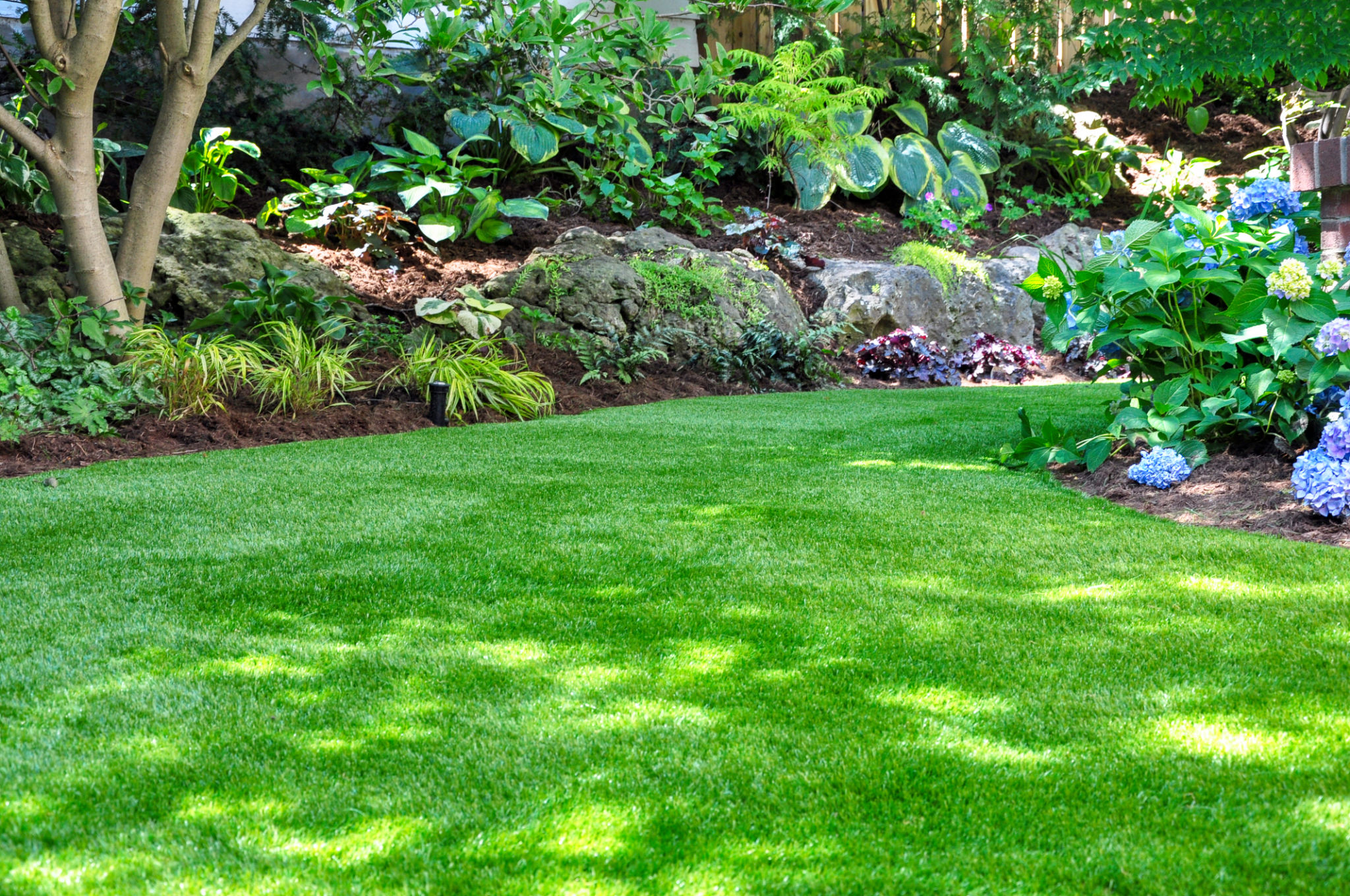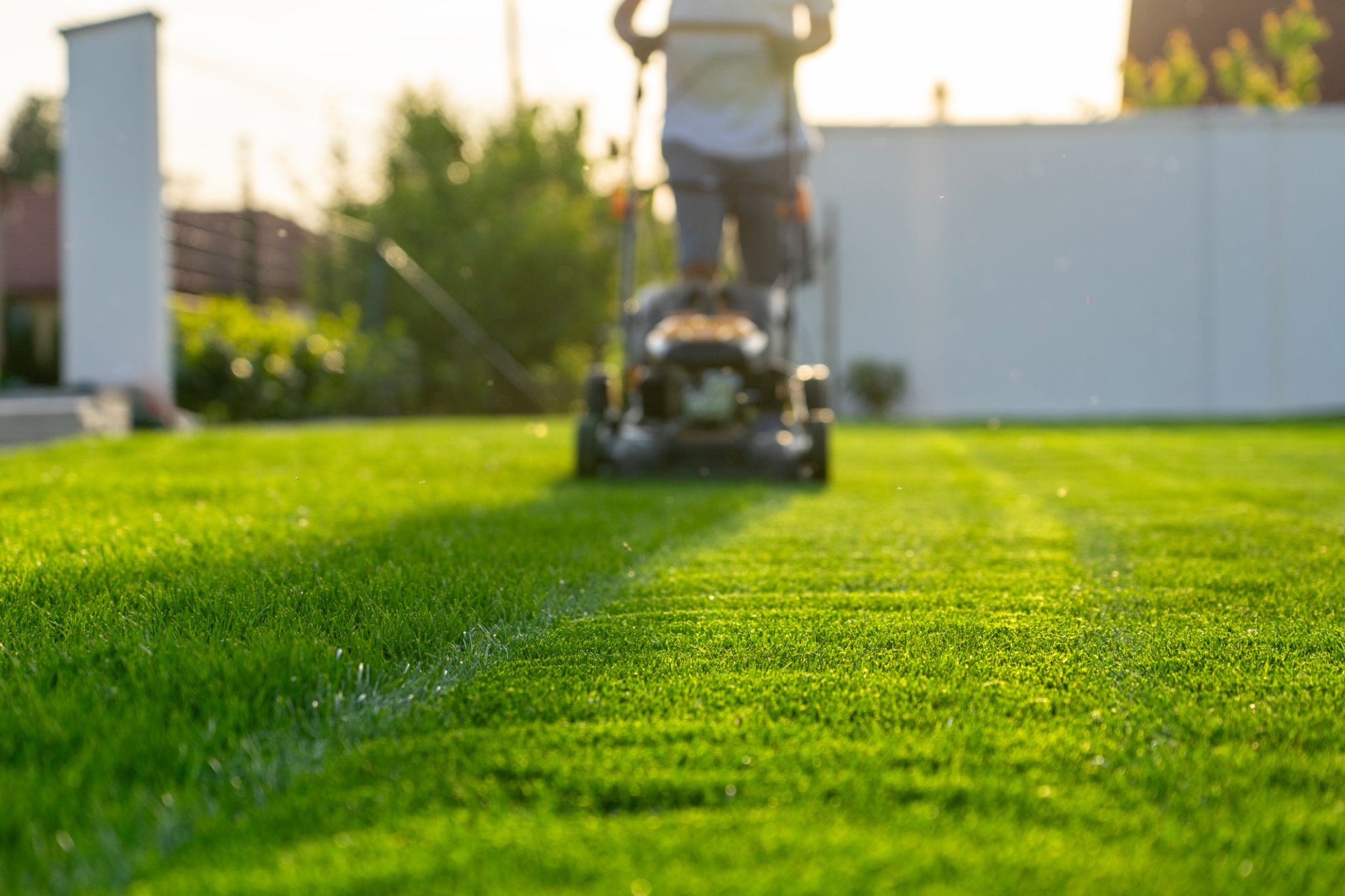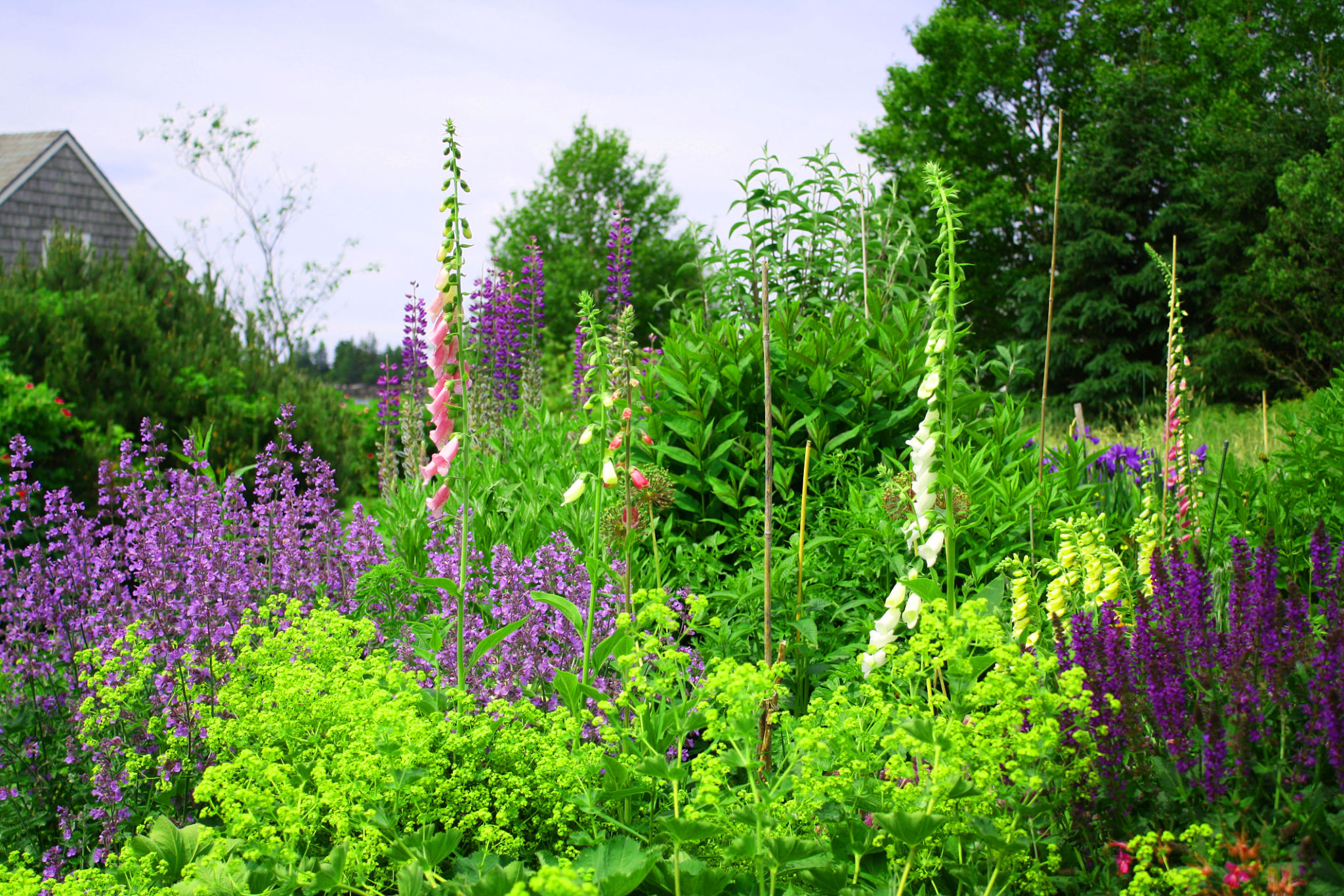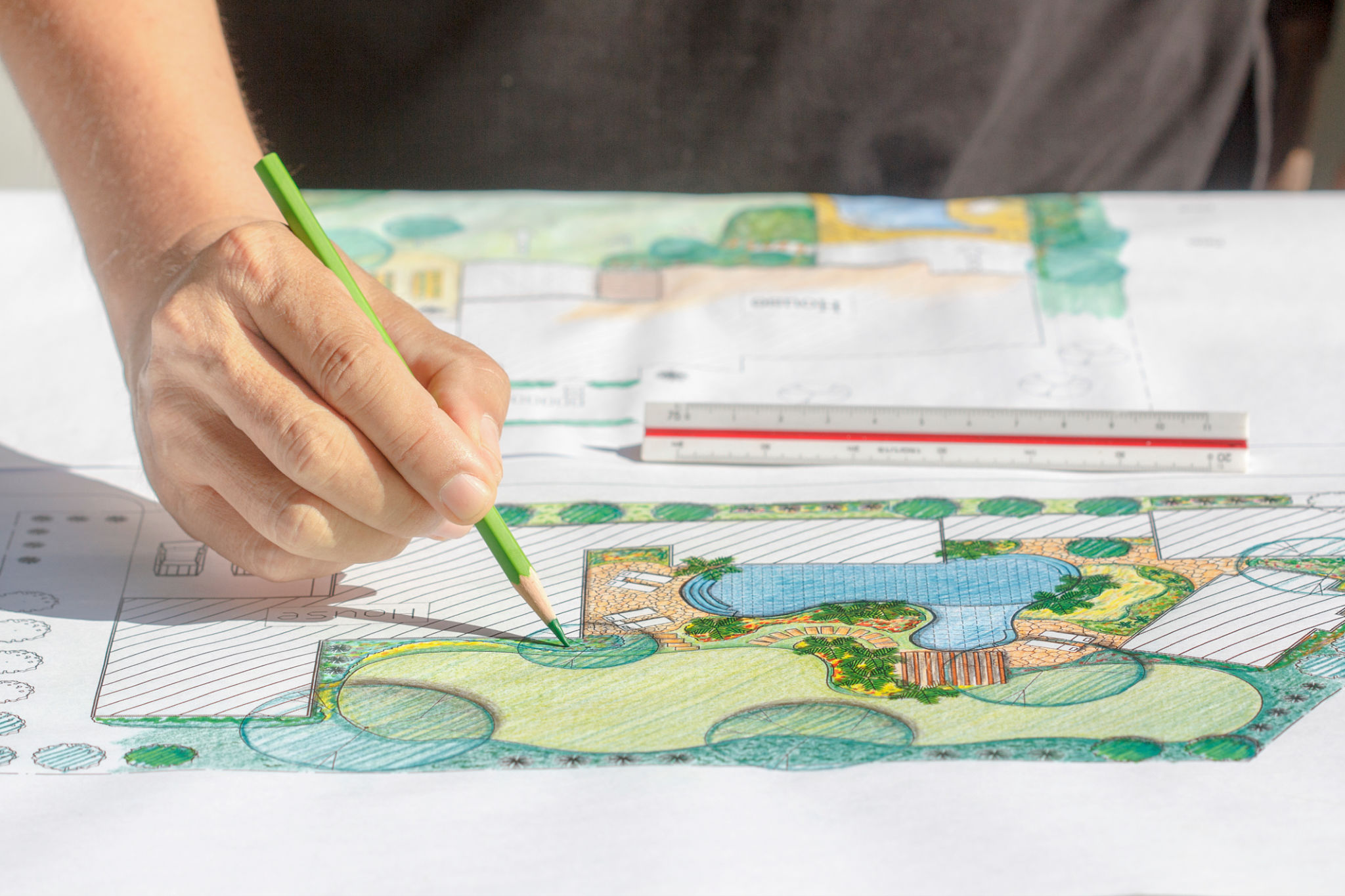Expert Insights: Common Landscaping Myths Debunked
Understanding the Truth Behind Landscaping Myths
Landscaping is an art and science that transforms outdoor spaces into beautiful, functional areas. However, it's often surrounded by myths that can mislead homeowners and garden enthusiasts. In this post, we’ll debunk some common landscaping myths to help you make informed decisions for your outdoor projects.

Myth 1: More Water Means a Healthier Lawn
One of the most prevalent myths in landscaping is that more water will result in a greener, healthier lawn. In reality, overwatering can lead to a host of problems, including root rot and fungal diseases. It's important to water your lawn efficiently, focusing on deep, infrequent watering sessions that encourage deep root growth. Consider using smart irrigation systems to optimize water use.
Proper watering techniques not only save water but also promote a resilient lawn that can withstand drought conditions. Remember, the goal is to keep the soil moist but not soggy.
Myth 2: Short Grass is Easier to Maintain
While it might seem convenient to keep your grass short, doing so can actually harm your lawn. Short grass exposes the soil to sunlight, which can lead to dehydration and weed growth. Taller grass shades the soil and retains moisture, making it less susceptible to weeds. Aim to keep your grass at a height that promotes healthy growth—typically around 2.5 to 3 inches for most grass types.

Myth 3: Native Plants Are Boring
There's a common misconception that native plants are dull or unattractive. In truth, native plants offer a variety of colors, textures, and forms that can enhance any landscape design. They are well-adapted to local climates and soil conditions, making them low-maintenance and environmentally friendly choices for your garden.
Incorporating native plants can also support local wildlife, including pollinators like bees and butterflies. By choosing native flora, you contribute to biodiversity while enjoying a vibrant garden.

Myth 4: Landscaping Is Too Expensive
Many people believe that landscaping is a luxury they cannot afford. However, with careful planning and smart choices, landscaping can be budget-friendly. Start small by focusing on key areas or features that will have the greatest impact. DIY projects, such as building your own raised garden beds or installing simple water features, can also reduce costs significantly.
Additionally, investing in quality materials and plants initially can save money in the long run by reducing maintenance and replacement costs. Consider consulting with a landscaping expert who can help you identify cost-effective solutions tailored to your budget.
The Importance of Accurate Information
Debunking these myths highlights the importance of relying on accurate information when planning and maintaining your landscape. Misinformation can lead to costly mistakes and hinder the health of your outdoor spaces. Always seek expert advice and conduct thorough research before implementing new landscaping strategies.

By dispelling these common myths, we hope to empower you with the knowledge needed to create and maintain beautiful, sustainable landscapes. Armed with the right information, you can transform your outdoor areas into thriving ecosystems that enhance both beauty and functionality.
